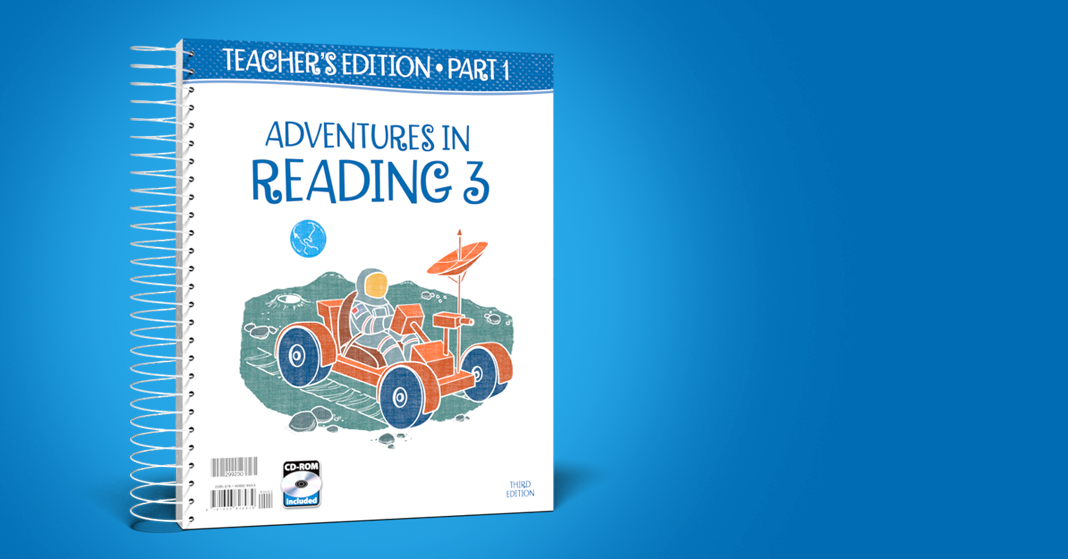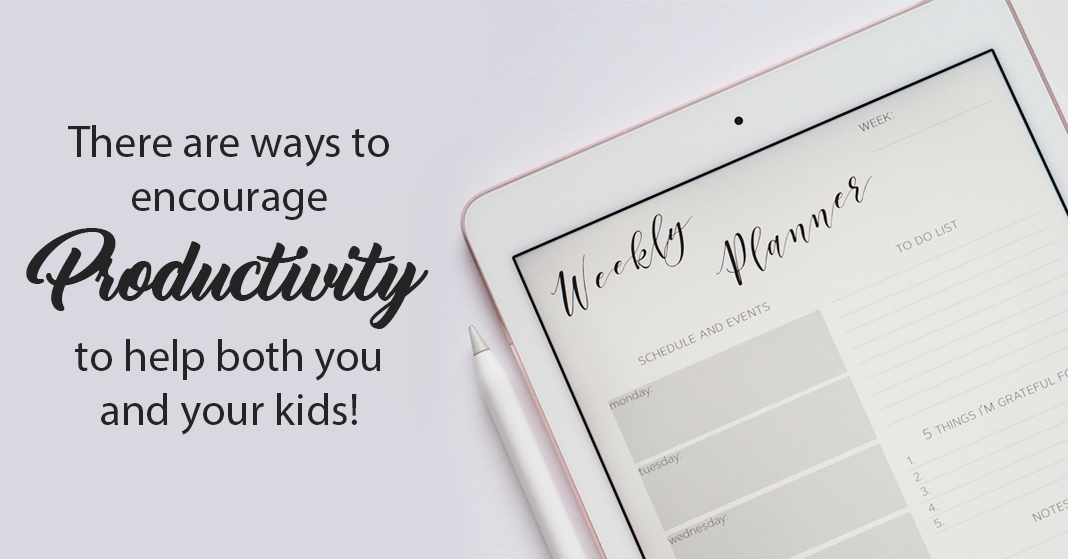
Like many of you, I am in the process of figuring out my homeschool curriculum order for our next school year. I’m trying to decide what Distance Learning subjects and textbook kits we want to order, what textbooks and teacher’s materials we can reuse from older children, and what “extras” we need. But there’s something that’s definitely going in my order—the teacher editions for any subjects that I plan to teach myself.
I don’t buy printed teacher editions for every subject. My children use Distance Learning Online for many of their subjects, so I have access to the digital teacher editions for those courses if I ever need them. But I teach Reading 3 to my second daughter and Focus on Fives to my third daughter. I have found the teacher editions for those courses to be invaluable.
Let me walk you through my Reading 3 Teacher Edition to show you why I love it so much.
Clear Planning
Like all BJU Press teacher editions, Reading 3 includes a Lesson Plan Overview in the front of each volume. The Lesson Plan Overview gives me a bird’s-eye view of the course. I can see how many lessons we’ll spend on any particular selection and what skills we’ll be focusing on. I use this to help me build my homeschool calendar, but I always end up making adjustments. Sometimes I end up combining lessons or skipping lessons altogether (yes, it’s okay to skip lessons!) based on what else is happening in our homeschool.
Individual Lesson Guides in Teacher Editions
Every lesson in Reading 3 has been carefully thought out. When I open my teacher edition to an individual lesson, I have everything that I need to teach effectively.
Objectives
A glance at the top of the page tells me what pages we’re going to cover in the student textbook or worktext. The lesson objectives are clearly stated so I know exactly what my daughter needs to know by the end of the lesson. And I can clearly see what materials I need for the lesson and where I can find them.
Routine
Each lesson has a routine. We start with going over the vocabulary words that my daughter will need to know in order to understand what she’s reading. Each vocabulary word is presented in context so that my daughter will learn how to use context clues to figure out the meaning of unknown words when she comes across them in her own reading.
Reading Focus
Next we move on to our reading focus, which is the literary skill that the lesson is focusing on developing (like recognizing how the setting impacts the story). Here, the teacher edition provides instructions on how to introduce these skills and questions that I can ask my daughter to make sure that she understands the instruction.
Reading Selections
Then we jump into the selection itself. The teacher edition provides me with reduced student pages, so I can see exactly what my daughter sees in her student textbook. But I get a few extra features. All the vocabulary words for this particular lesson are underlined in the text so that I can make sure my daughter understands them. I also get some additional notes that help me with biblical worldview shaping and text enrichment.
Guiding Questions
The biggest help for me is the questions and answers that the teacher edition provides. These questions, as I wrote in a previous post, help me develop and assess my daughter’s reading comprehension, and they also help me lead my daughter to have a deep appreciation for the selection. I know from experience that I would not be able to come up with questions like these on my own. Do I ask every question? No. Some we skip because of time. Some I end up expanding because of my daughter’s interest. Remember that the teacher edition is just a guide—you don’t have to do everything. You don’t even have to ask each question exactly as written. You are in charge. The teacher edition is just there to provide support.
Phonics Review
By the time you teach Reading 3, your child should have a good foundation of phonics knowledge. But many third graders (mine included) still need additional phonics practice. So every lesson in Reading 3 includes a review of a phonics principle, and most worktext pages assess that same phonics skill. Don’t feel as if you always have to teach that portion of the lesson. If your child breezes through that portion of the worktext page without mistakes, just move on.
Grading Resources
The teacher edition does include reduced student pages of the worktext pages (with answers), but they are very small. A digital copy of the worktext answer key is included on the CD that comes free with the teacher edition and a printed edition is available for separate purchase.
The CD contains a few other grading tools. The most valuable to me is the rubric that helps me assess my daughter’s oral reading.
Other Resources in Teacher Editions
The CD that comes with the teacher edition contains a wealth of other resources such as teaching aids and additional activities. These are particularly helpful for multisensory teaching. Find the ones that are useful for you and your child and ignore the rest.
While we have been focusing on the teacher edition for Reading 3, all BJU Press teacher materials include the same kinds of helpful resources for teaching your children. Some include a resource CD, some offer multiple volumes of teaching material, and some have online resources available. A teacher edition is one of the most valuable tools that you will find in your homeschool toolbox. But don’t feel bound to it. It is designed to help support you, so make it work for you and your homeschool situation.
If you are interested in previewing any of BJU Press’s teacher editions online, just click the Look Inside button at the bottom of the product image.



